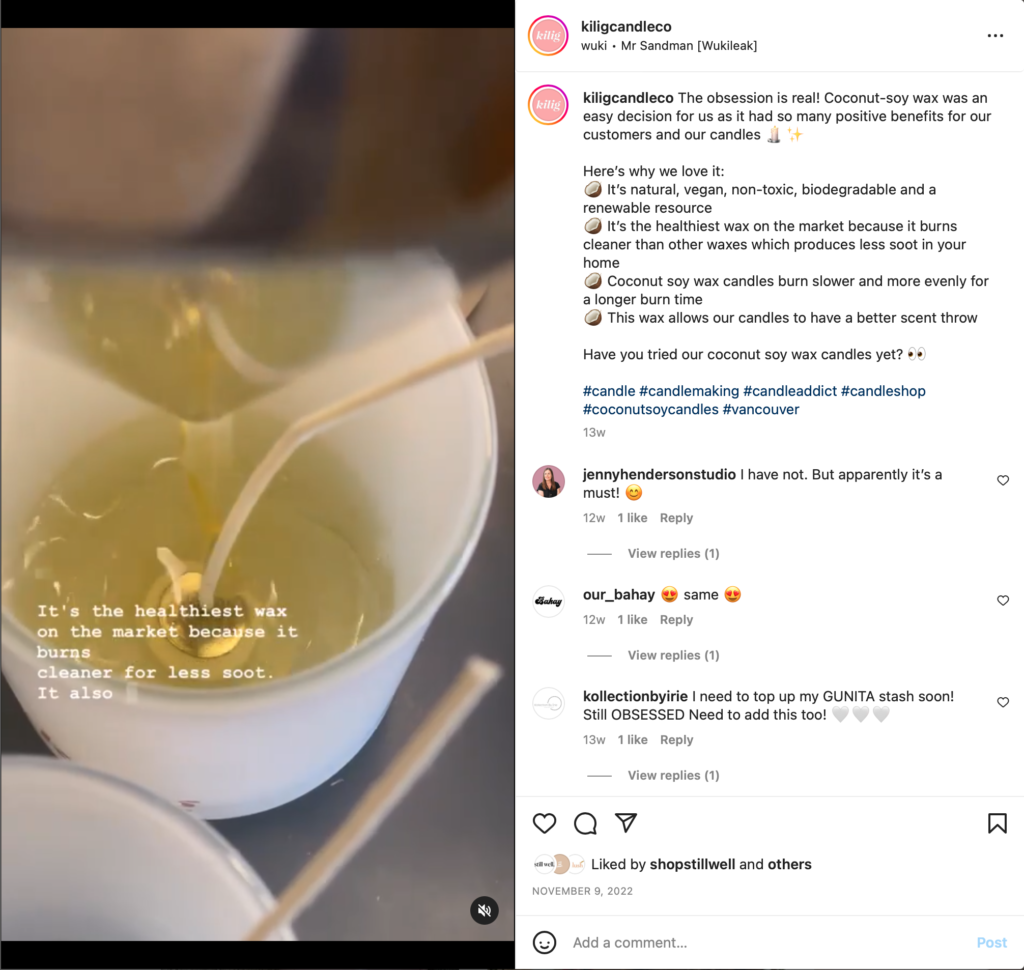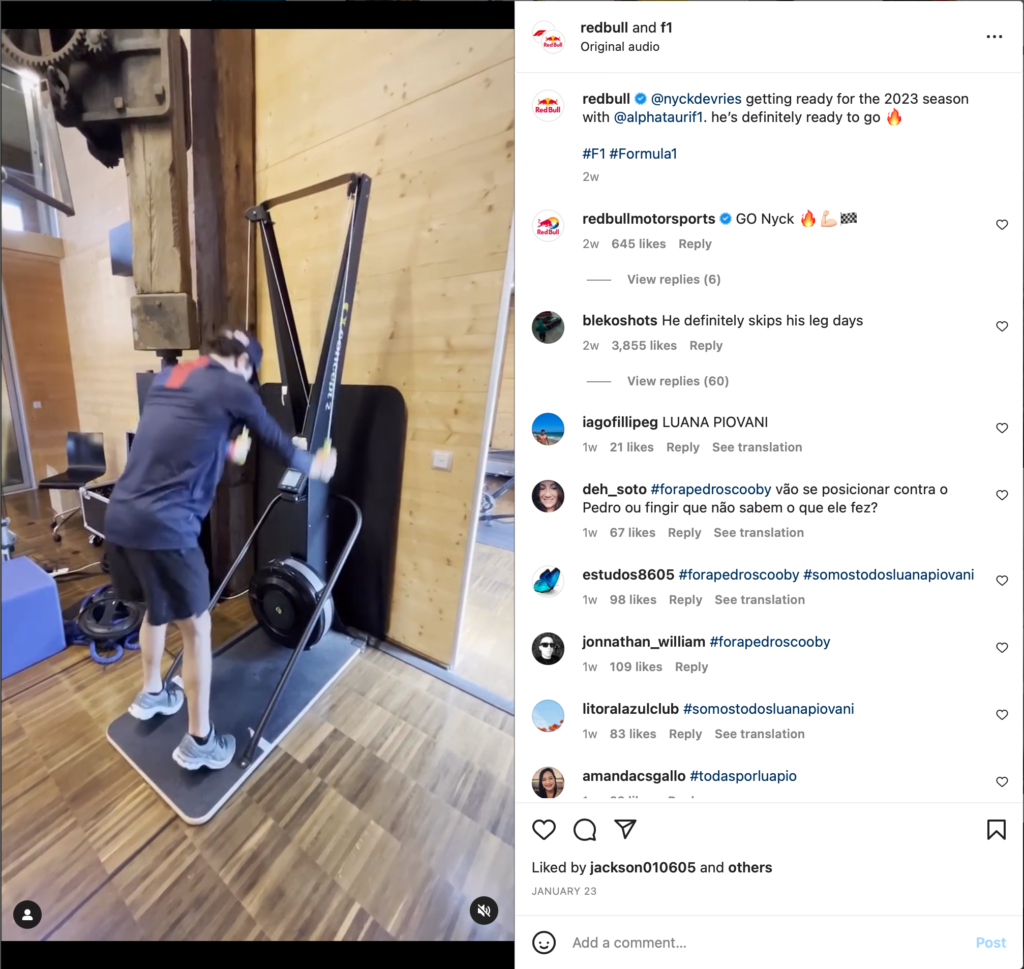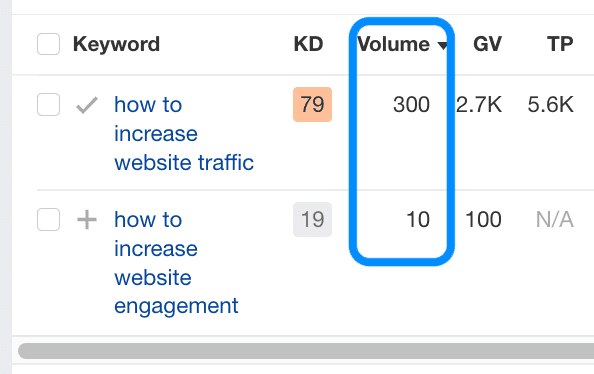Did you know that the shelf life of a Facebook post is only 5 hours and a Twitter post is even shorter, ranging from 15 to 20 minutes? After that your content will be drowned out by newer and more exciting content. Therefore, it is important that you have captivating social media posts that will continue to generate interest even after its shelf life. Insignificant as it seems, a good social media caption has the power to attract, engage, and convert fans.
Yet captions are often overlooked by brands and businesses.
If you take advantage of this powerful tool today, you can level up your online presence and win your audience over.
In this article, we will go over the practical tips you can use to write captivating social media captions that transform.
Social media captions 101
Before we get technical, we need to understand the basic rules of social media captions
Check your grammar and spelling
Always double check your post before posting. Even though grammar rules are much looser on social media and you have more freedom to play with words and spelling, a good caption should be easy to read. Various grammar and spelling errors can throw your audience off and hinder their attention to the message you are trying to get across.
Keep it simple
It’s important to keep in mind that our audience has a lot of information to absorb in their daily life and especially on social media. So make sure you don’t bombard them with a surplus of information in one caption. Keep your captions simple and be intentional with your message, which we will get to in a bit.
Mind the word count
The number of character limit is different on each platform:
- Instagram 2,200
- Facebook 63,206
- Twitter 280
- LinkedIn Company Update: 700
- Tiktok: 140 characters
Get close and personal
Long gone the day where social media content sounds robotic or a research paper. As common as third person usage, captions can be written in first person to create a sense of closeness to your audience.
Now that we have covered the basis of how social media captions should be, let’s get into the keys to captivating social media captions.
1. Know your audience
The key to success for many brands on social media is to attract the right audience. Learning and understanding your target audience can help you create relevant and valuable content and grow a strong audience base.
Determine the demographics of your customers such as age, gender, and location by asking what they do, where they live, and what social platforms they are on. If you are targeting a niche market and its audience, It is also important to find out what their interests are and what topics they mostly talk about so you can tailor their content to serve them.
Social listening can help you discover what your target audience is talking about. Without social monitoring, businesses usually exercise their effort aimlessly and are more likely to fail to make any return on their investment.
2. Set you intention for each post
“What do you want to achieve with this post?” is the question you should ask before creating your caption that helps you achieve your purpose.
Some common intents for content marketing are:
Increase brand awareness
You will need to utilize your brand elements such as voice, personality and brand philosophy in your captions, so that your audience can get to know your brand.
Drive traffic to your website
Your post can include a piece of your website content and a call to action to redirect traffic to your website or elements that induce a sense of urgency such as
- Use our discount code before x date
- Place an order today and receive x
- Visit our website for more information
For more tips on how to increase website traffic, check out
Sell a product or service
You will need to include a link and product description if this is your outcome. Give as much information as possible including sizes, colors, materials, and delivery time.
Engage your audience
If this is the case, then you will need to use language that resonates with your audience and make reference to topics that they are interested in.
You don’t need to strategize every post, but you need to have an outcome for them.
3. Write the important stuff first
As important as a headline of a website or an article is, the first line of your caption should immediately captivate your audience’s attention and make them want to continue reading.
That is partly to grab short attention spans but also to avoid your important text disappearing below the “Read More” cut off.
The maximum character count for an Instagram caption is 2,200 characters, but after 3-4 lines, your text is cut off. The same happens on Facebook and Linkedin plus Twitter, which only allows 280 characters. So, on Twitter additional text would need to be added as additional tweets on the thread.
So state what your audience will get out of your social media post on every platform and elaborate on them through your post. The point is to make sure your message comes across in the first line. Take a look at this social media post by the skincare brand, Then I Met You.

They hook you in with the announcement of your latest product and create a sense of urgency to get it before it’s gone. Then they go into the attributes of this product in a moderate length just enough to get their followers excited.
4. Make it legible
Legibility is extremely important in creating a great user experience. It is important to understand that a legible caption doesn’t mean a short one. If you were to have a longer caption, make sure to break it into smaller and more digestible bullet points.
In addition, you can use emoji to separate ideas and draw your audience’s attention to the message. They add fun to captions for all industries and stop the eye mid-scroll.
The post below by Kilig Candle co. is a great example of a legible and well-sectioned caption:

By incorporating relevant emojis into their long caption, Kilig Candle co. managed to emphasize the benefits of coconut-wax candles over other types of wax and encourage conversation over this topic. This leads to our next tip to captivating captions.
5. Encourage conversation
The more people engage with your post, the longer its shelf life is prolonged. Engagement is usually measured by the amount of likes, comments and action that a post generates. Besides captivating graphics, your caption is a great way to engage your audience by posing questions that encourage them to respond.
If you want to evoke interest in your product or service, you can present a related fact that not a lot of people know about or share your personal experience on a relevant topic and ask for theirs. People love sharing their opinions and are even more willing to share when asked. That’s why user-generated content is increasingly popular nowadays.
6. Align with your brand personality
Brand social media accounts tend to have some personality. For some, it’s professional and informative and for others, it’s witty and humorous.
If you already have a brand voice established for your overall marketing strategy, you can extend that to social media with a tailored approach by social platforms.
Captions should share the same voice and tone guide, which should embody the brand persona, personality traits and vocabulary.
For example, McDonald’s tone is well known to be quirky and fun, so their graphics and captions are usually short and casual, sometimes with abbreviations and usually in lowercase letters.

On the other hand, Red Bull stands out as an exciting brand, loud and clear. With their extreme sports events and crazy stunts, Red Bull comes across as fun-loving and fearless. And their captions reflect this.

Overall, though the tone and voice of each brand vary on social media, the language is generally more casual than that of websites and professional platforms like LinkedIn.
7. Align it with the medium
In order for social media to have an impact and reach your desired target audience, your brand needs to be on the right social media platforms. Each social media platform serves a different purpose and people who log in to these platforms use each of them in different ways.
By understanding the nature of each platform, you can better tailor your caption accordingly. For example, since Instagram is more visual-oriented, your caption should be tied to the graphic and explain what the visual means.
As for Facebook, users engage with the platform for a number of reasons, from picture viewing to review reading, information collection to product selling and much more. For that reason, the captions you create for Facebook should gear toward those purposes.
8. Don’t forget hashtags
Hashtags are great for connecting users around a particular subject, sparking virality around a launch or sale, and raising awareness for important issues. They’re an increasingly important part of a caption.
Attaching relevant hashtags to your post will help increase your exposure and chances of getting discovered by new audiences. All of these factors are needed to beat the Instagram algorithm.
PRO tips: In order to get the rights hashtags for your post, type “#” with specific keywords in the search bar or in your caption and Instagram will reveal to you relevant hashtags ranking from most popular to least popular.

Now you know the tricks to writing engaging social media captions that will eventually help you grow a strong audience base and increase brand awareness. Caption is an important factor of a winning social media strategy. In order to build a strong online presence and reach more potential customers, captions should go hand in hand with high-quality content and good social media management. Check out our other insights and news on social media to stay up-to-date.
Want to take the next step in advancing your social media in no time? Contact Advesa on how we can help you do so.
















